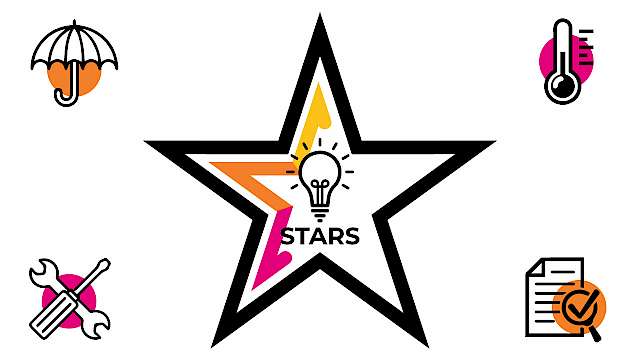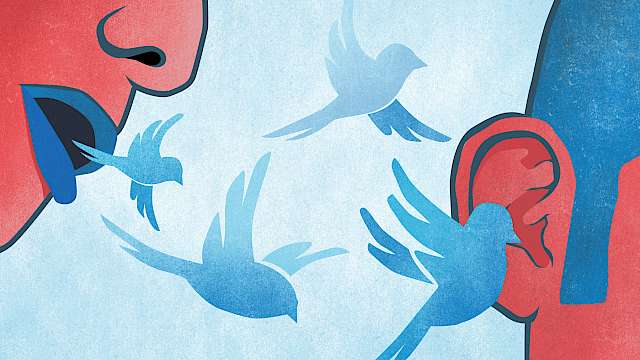Martin Innes
CREST Outputs
Projects
Articles
Academic Publications
Prophets and Loss: How “Soft Facts” on Social Media Influenced the Brexit Campaign and Social Reactions to the Murder of Jo Cox MP
This article examines “soft facts” about security issues in the 2016 Brexit referendum campaign. Soft facts arise when information provenance is uncertain, and are forms of malleable and contingent knowledge, such as rumors, conspiracy theories, and propaganda. There is a growing appreciation that digital communications environments are especially conducive to the dissemination of these kinds of information. Informed by empirical data comprising forty-five thousand nine hundred and fifty-seven data points collected by monitoring social media before and after the UK Brexit referendum campaign (June 16–October 12, 2016), the analysis examines how and why a series of soft facts concerning Brexit were mobilized. By developing the concept of “digital prophecy,” the article explores how influence is exerted by online prophets who were connecting current events to past grievances, to advance negative predictions about the future. This starts to capture the tradecraft of digital influencing, in ways that move beyond the structural topologies of communication networks. In policy terms, the analysis reminds us of the need to attend not just to how influence is achieved through fake news (e.g., using social media bots to amplify a message), but also why influence is sought in the first place.
(From the journal abstract)
Dobreva, D., Grinnell, D., & Innes, M. (2020). Prophets and Loss: How “Soft Facts” on Social Media Influenced the Brexit Campaign and Social Reactions to the Murder of Jo Cox MP. Policy & Internet, 12(2), 144–164.
https://doi.org/10.1002/poi3.203Frame, Fame and Fear Traps: The Dialectic of Counter-Terrorism Strategic Communication
From the journal abstract:
This paper explores the challenges and complexities navigated and negotiated in public facing counter-terrorism strategic communication campaigns. Informed by frame analysis of campaign assets, practitioner interviews and public focus groups, the discussion pivots around three high-profile UK public messaging campaigns. Building from Goffman’s theory of “normal appearances” and the established concept of a “frame trap”, the analysis identifies two further shaping tensions. A “fear trap” occurs when counter-terrorism messages seek to “outbid” other risks in order to capture public attention, thereby unintentionally creating the negative emotional reactions sought through acts of terrorism, or overly-reassuring messages that induce public disengagement. In contrast, a “fame trap” results from creating “too much” public awareness of terrorism, by using commercial marketing logics. In practice, frame, fame and fear traps overlap and interact across different contexts, and the analysis uses the concept of a dialectic of anomaly and normality to highlight implications for future scholarship and practice.
Rice, C., Innes, M., & Ratcliffe, J. (2024). “Frame, Fame and Fear Traps: The Dialectic of Counter-Terrorism Strategic Communication.” Studies in Conflict & Terrorism, 1–21. https://doi.org/10.1080/1057610X.2024.2360669
https://doi.org/10.1080/1057610X.2024.2360669
Projects
Articles
Academic Publications
Prophets and Loss: How “Soft Facts” on Social Media Influenced the Brexit Campaign and Social Reactions to the Murder of Jo Cox MP
This article examines “soft facts” about security issues in the 2016 Brexit referendum campaign. Soft facts arise when information provenance is uncertain, and are forms of malleable and contingent knowledge, such as rumors, conspiracy theories, and propaganda. There is a growing appreciation that digital communications environments are especially conducive to the dissemination of these kinds of information. Informed by empirical data comprising forty-five thousand nine hundred and fifty-seven data points collected by monitoring social media before and after the UK Brexit referendum campaign (June 16–October 12, 2016), the analysis examines how and why a series of soft facts concerning Brexit were mobilized. By developing the concept of “digital prophecy,” the article explores how influence is exerted by online prophets who were connecting current events to past grievances, to advance negative predictions about the future. This starts to capture the tradecraft of digital influencing, in ways that move beyond the structural topologies of communication networks. In policy terms, the analysis reminds us of the need to attend not just to how influence is achieved through fake news (e.g., using social media bots to amplify a message), but also why influence is sought in the first place.
(From the journal abstract)
Dobreva, D., Grinnell, D., & Innes, M. (2020). Prophets and Loss: How “Soft Facts” on Social Media Influenced the Brexit Campaign and Social Reactions to the Murder of Jo Cox MP. Policy & Internet, 12(2), 144–164.
Frame, Fame and Fear Traps: The Dialectic of Counter-Terrorism Strategic Communication
From the journal abstract:
This paper explores the challenges and complexities navigated and negotiated in public facing counter-terrorism strategic communication campaigns. Informed by frame analysis of campaign assets, practitioner interviews and public focus groups, the discussion pivots around three high-profile UK public messaging campaigns. Building from Goffman’s theory of “normal appearances” and the established concept of a “frame trap”, the analysis identifies two further shaping tensions. A “fear trap” occurs when counter-terrorism messages seek to “outbid” other risks in order to capture public attention, thereby unintentionally creating the negative emotional reactions sought through acts of terrorism, or overly-reassuring messages that induce public disengagement. In contrast, a “fame trap” results from creating “too much” public awareness of terrorism, by using commercial marketing logics. In practice, frame, fame and fear traps overlap and interact across different contexts, and the analysis uses the concept of a dialectic of anomaly and normality to highlight implications for future scholarship and practice.
Rice, C., Innes, M., & Ratcliffe, J. (2024). “Frame, Fame and Fear Traps: The Dialectic of Counter-Terrorism Strategic Communication.” Studies in Conflict & Terrorism, 1–21. https://doi.org/10.1080/1057610X.2024.2360669









